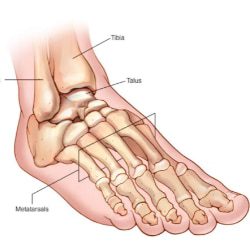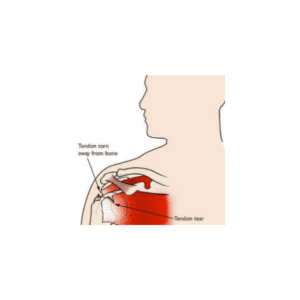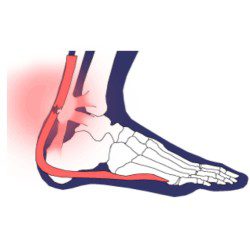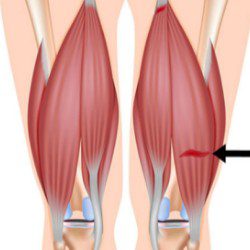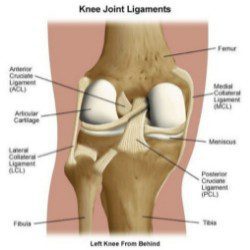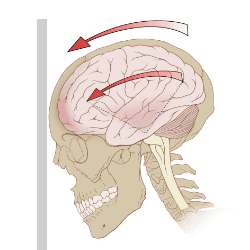
Jumper’s knee
Jumper’s knee, also known as patellar tendonitis, is an overuse injury and is a condition characterized by inflammation of your patellar tendon.
Beginning on the quadriceps muscle (located at the front of the thigh), the patellar tendon extends downward, attaching the rear of the patella (kneecap) and the front of the tibia (shin bone). When the quadriceps muscles contract the tendon is pulled and the leg straightens, enabling motions such as kicking, running, or walking.
Jumper’s knee is common in athletes whose sports require rapid jumping or stopping from high speed, and is more common in male athletes than in women.
Risk Factors for Jumper’s Knee
Athlete’s who regularly put their knees through strenuous workouts are at risk for developing jumper’s knee. Other factors can also increase the likelihood of an athlete developing jumper’s knee, including:
- Insufficient training preparation. Athlete’s who do not take the requisite time to work their way up to strenuous exercise are more likely to contract jumper’s knee from the unexpected shock of ardent workouts.
- Being overweight. Athletes who are overweight put more force on their knees than those who are not overweight. Maintaining a healthy body weight can help to reduce the pressure and impact upon the patellar tendon during athletic activity.
- Prior injury. Not allowing the patellar tendon time to properly heal after the initial signs of jumper’s knee may cause an increased likelihood of developing jumper’s knee on a chronic level.
In order to mitigate the risk for developing jumper’s knee, athletes should be sure to be mindful of the speed with which they ramp up their training, their medical history, and their weight.
What Causes Jumper’s Knee?
The patellar tendon moves every time the knee bends or straightens. Over time, overuse of the knee can cause tiny tears to form within the patellar tendon, which causes jumper’s knee. For example, a player who jumps up and down on a floor every day may experience mini-traumas to the patellar tendon that eventually cause painful knee symptoms.
Typically, jumper’s knee is caused by one or both of these factors:
- Repeated overuse of the patellar tendon through athletic activity.
- Not allowing enough time for the patellar tendon to recover between workouts.
advertisement
Continuing to exert the patellar tendon after experiencing the initial signs of jumper’s knee (mild inflammation and swelling) can cause the acute injury to become a chronic condition. With this in mind, athletes who find that the initial symptoms of jumper’s knee are not easing with a few days rest should seek out medical evaluation to determine the best ways to prevent further injury.

